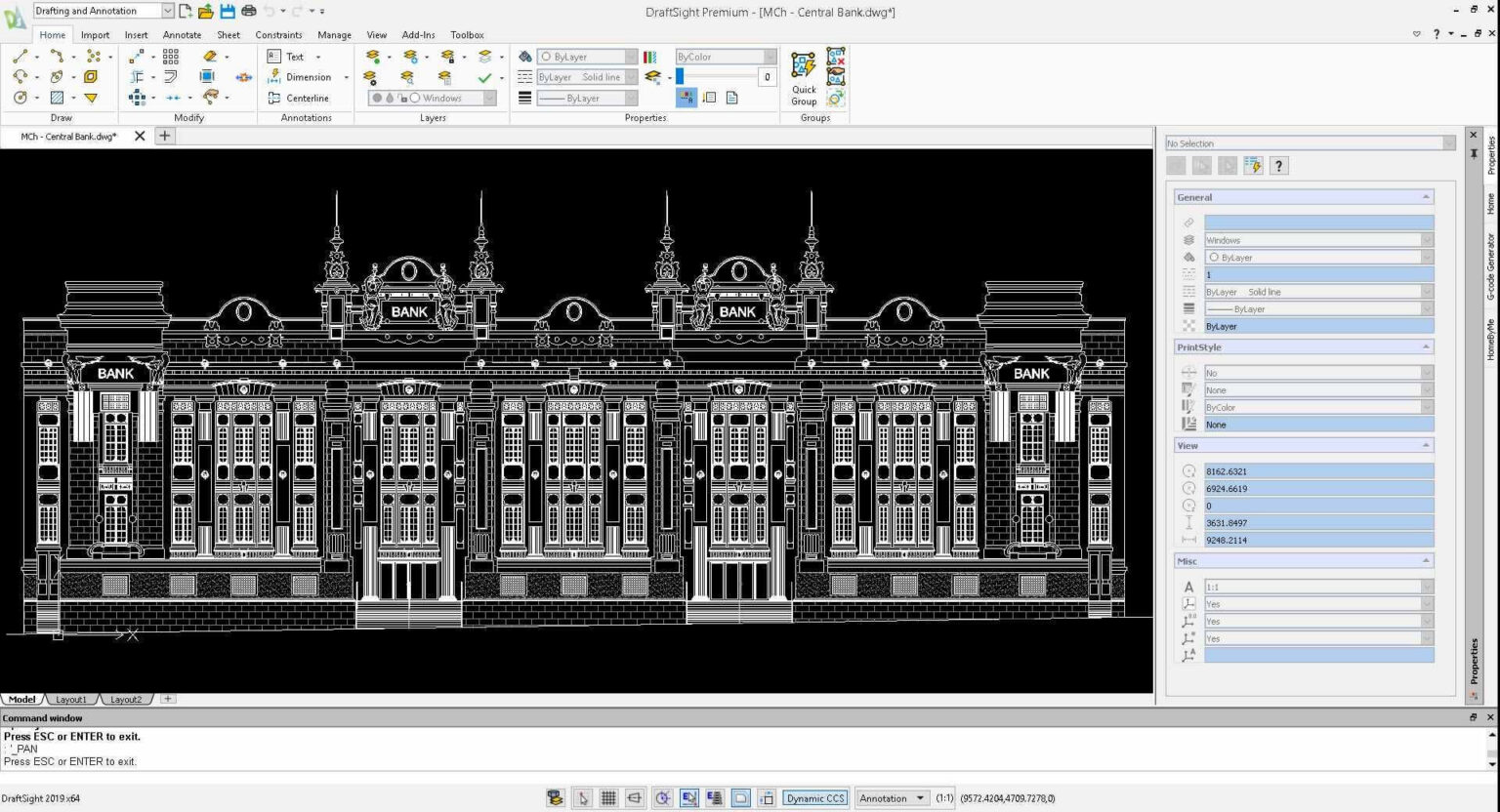


Place a magnet in the stem/slider, making sure it's in the correct orientation so as to be attracted to the magnet in the sheath.Snap the sheath into the body, pressing the magnet side in first (goes easier that way).Place a magnet in the sheath (using groove jointed pliers makes this super quick and easy).Also, if you print in PETG it has self-lubricating properties when rubbing against itself (it sheds hydrogen atoms which causes a sort of thin molecular collapse at the surface, removing rough/uneven bits). Because of how the tactility works any bumps or scratchiness in the stems won't be easily felt. Also note that you can always just sand the stem to your perfect level of polished smoothness (don't be lazy).įor reference, even terrible printers seem to do a fine job printined Void Switches. If you use the liquid/oil type of Super Lube w/Syncolon (PTFE) just about any filament will work great regardless. Note: It is recommended that the switches be printed in PETG because it has the lowest coefficient of friction of all 3D printable filaments (0.22). The levitator can be printed at just about any layer height but 0.2mm is recommended. This will ensure that the topmost layer of the interior of the sheath ends up with a "close enough" tolerance to your STEM_TOLERANCE setting. Print the switches and stabilizers at 0.16mm layer height. Here's what it should look like (text enlarged and highlighted for effect): I've added several tables of switch strengths to the utils.scad and pretty good estimation of how strong your switch will be will show up in the OpenSCAD console. scad file and are easily referenced in the OpenSCAD customizer: Parametersĭescriptions of what each parameter does are included in the. For your own keyboard make sure you try out many different MAGNET_VOID values and also try changing the STEM_TOLERANCE value to see how you like tighter-fitting or looser-fitting switches. This should make for an all-around decent set of parameters for doing quick tests and demos (to see how the switch feels). 3mf format for 4x1.7mm (most common) and 4x2mm magnets with a MAGNET_VOID of 0.6mm. Prerendered (4mm travel) void switch files are provided in. So if you want to make a switch that uses 3x2mm magnets you can do that (with a bit of work changing settings around).įor reference, there's two magnets in the switch itself (one in the sheath and one in the stem) and the levitator needs its own magnet. For the Kicad files see the void_switch_kicad repo.įor a detailed overview of how Void Switches work see Chyrosran22's Teardown video:Įach switch needs three 4x2mm magnets (Note: Most cheap N35 magnets are actually 4x1.7mm which is fine) and the stabilizers require two 4x2mm magnets and some 18 gauge stainless steel wire (make sure it's magnetic use the cheap stuff). Parametric 3D printable magnetic separation contactless key switch and stabilizers (OpenSCAD files).


 0 kommentar(er)
0 kommentar(er)
